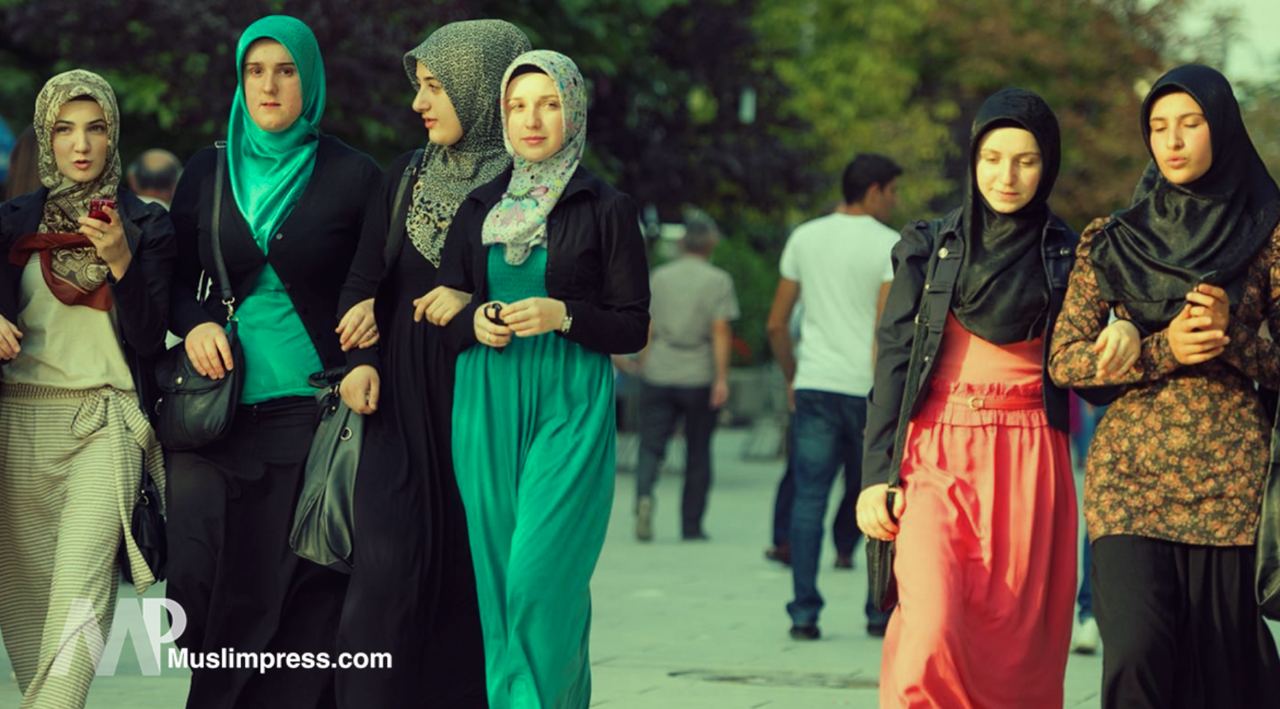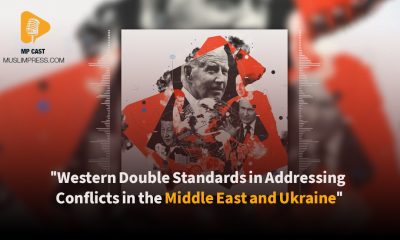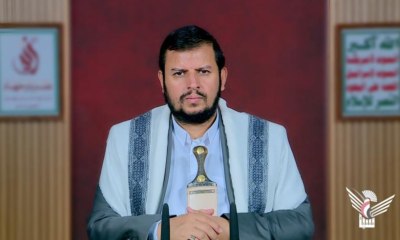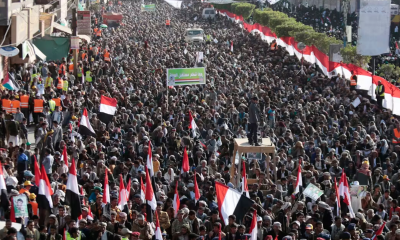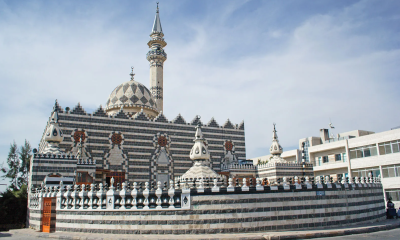Much of the rhetoric used to discuss Islam has left many Americans with the impression that Muslims are Public Enemy No. 1.
This was certainly true when President-elect Donald Trump told CNN’s Anderson Cooper, “I think Islam hates us,” in a televised interview in March. It was equally true when Lt. Gen. Michael Flynn, Trump’s newly appointed national security advisor, said Islam was a “political ideology” and not a religion. Flynn also referred to Islam as a “malignant cancer.” The sentiment exists outside politics as well, like when Bill Maher, host of HBO’s Real Time with Bill Maher, told Rep. Keith Ellison that “the Quran is a hate-filled book.”
Trump, his recent cabinet appointees, several members of the Republican Party and other anti-Muslim extremists have all used anti-Muslim rhetoric and false facts to gain public support for their Islamophobic policy proposals. Unfortunately, it’s working.
According to a 2015 YouGov poll, 28% of Americans have a “somewhat unfavorable view of Islam,” and 27% have a “very unfavorable view.” With 87% of Americans never having visited a mosque and an overwhelming majority not knowing a single Muslim individual, it’s easy to believe much of the misinformation.
Since Islam is one of the least understood religions in the world, Mic is here to debunk these misconceptions with some key facts about this faith and its 1.6 billion followers.
Since it’s founding, Islam has not only promoted but benefited from women’s rights.
The first convert to Islam was Muhammad’s first wife, Khadija. Khadija, who was 15 years older than her husband and proposed to him, was one of the most successful entrepreneurs in Arabia and outranked most men in the male-dominated career of trading. She was also a primary financial backer of Muhammad’s movement to spread the word of God, and spent all of her fortune to help those less fortunate.
Khadija’s feats and independence are not antithetical to Islam. While many dictatorships and theocracies in Muslim-majority countries are extremely repressive towards women, it’s inaccurate to claim that Islam is inherently so.
In fact, women’s rights are central to the religion. Let’s look at marriage: Islam grants a woman the right to choose her husband, making forced marriage a policy out of step with the religion. Women in Islam are also granted absolute property ownership, and even after a divorce, the wife has the right to retain and control all of her property and possessions.
Contrary to popular belief, the Quran forbids forced conversions to Islam.
There have been many discussions about Islam requiring Muslims to force non-Muslims to “convert or die!’ This is not true.
In fact, there’s one verse from the Quran (chapter two, verse 256) that suggests this is a discouraged practice:
“There is no compulsion in religion.”
Islamic belief requires Muslims to respect the Bible and the Torah, since both contain the word of God.

In Islam, Abraham, Noah, Moses and Jesus — along with numerous other biblical figures — are considered prophets and highly regarded. Since these figures are mentioned in the Quran, the Bible and the Torah, Muslims are required to treat the Christian and Jewish holy books with respect.
The Quran orders respect of the Bible and Torah in chapter four and verse 136.
“O you who have believed, believe in Allah and His Messenger and the Book that He sent down upon His Messenger and the Scripture which He sent down before. And whoever disbelieves in Allah , His angels, His books, His messengers, and the Last Day has certainly gone far astray.”
It’s also mentioned in chapter three and verse 84.
“Say, “We have believed in Allah and in what was revealed to us and what was revealed to Abraham, Ishmael, Isaac, Jacob, and the Descendants, and in what was given to Moses and Jesus and to the prophets from their Lord. We make no distinction between any of them, and we are Muslims [submitting] to Him.”
In the Quran, God preaches universality and tolerance for all cultures and traditions.
The Islamic holy book encourages Muslims to learn about and respect different cultures. Chapter 49 verse 13 reads:
“O mankind, indeed We have created you from male and female and made you peoples and tribes that you may know one another. Indeed, the most noble of you in the sight of Allah is the most righteous of you. Indeed, Allah is Knowing and Acquainted.”
In this verse, God is speaking to all people, not just Muslims. The passage also implies that all of humanity is interrelated, since everyone came from Adam and Eve. It further emphasizes that God has intentionally made people different, not with the purpose of making one superior to others, but to allow us to gain knowledge from each other.

